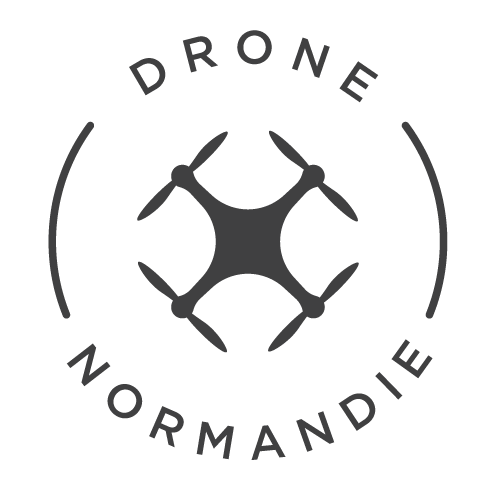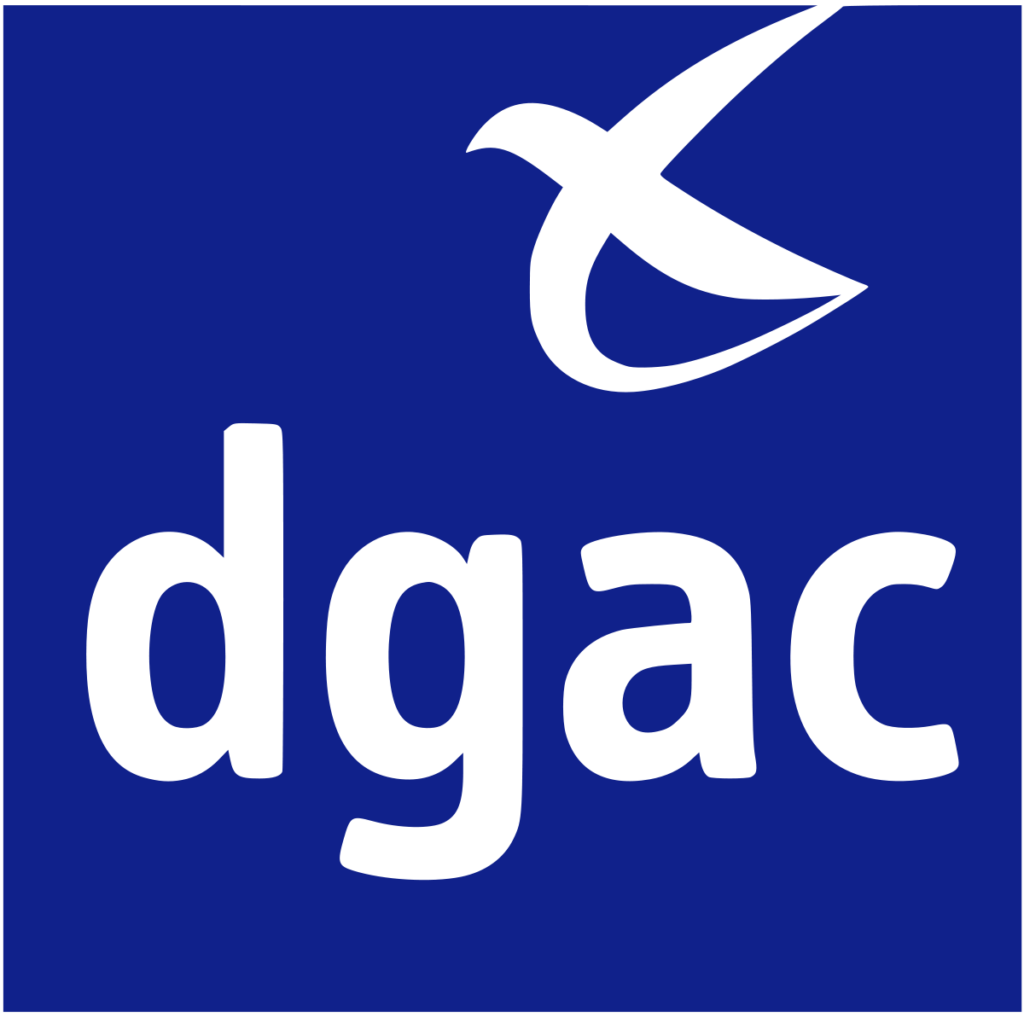The Open operation category (OPEN)
The first category of operation, which will certainly involve the largest number of people, covers cases where the risk to air safety is the lowest. It is itself divided into 3 sub-categories A1, A2 and A3.
A transitional category (Open Limited) will also be introduced (see bottom of this page).
Flights in this category may not exceed a height of 120m.
All aircraft used in the Open category are grouped into 5 classes, respectively C0, C1, C2, C3 and C4. UAS in these classes will be visibly marked with one of the labels below:

In broad terms, these classes are as follows:
- Class C0: CE-certified UAS with a maximum weight of 250 g and a maximum speed of 19 m/s (68.4 km/h).
- Class C1: UAS with a maximum weight of 900 g and a maximum speed of 19 m/s, equipped with FailSafe, a remote identification system and light signals, as well as a CE-certified geovigilance system (No Fly Zones). Noise limited to 85 decibels.
- Class C2 : UAS with a maximum weight of 4 kg, equipped with FailSafe, a remote identification system and light signals, a geo-vigilance system (No Fly Zones), and a selectable “low speed” mode (reducing speed to a maximum of 3 m/s), CE certified. Weight-dependent noise limitation.
- Class C3 : UAS weighing up to 25 kg, equipped with FailSafe, a remote identification system and light signals, as well as a geo-vigilance system (No Fly Zones), CE certified.
- Class C4 : UAS weighing up to 25 kg, not equipped with automatic flight modes (except stabilization or Fail Safe), CE certified
- Class C5 and C6: information not yet published.
Each sub-category has its own specific features:
►
Subcategory A1:
- for category C0 or C1 UAS, or privately-built UAS with a max weight of 250 g and a max speed of 19 m/s.
- Overflight of third parties is authorized for Class C0 UAS or UAS with a max weight of 250 g and a max speed of 19 m/s, but forbidden with a Class C1 UAS.
- Overflight of third parties (excluding gatherings of people) by a Class C1 UAS is tolerated if unintentional.
- to use a Class C1 UAS, the telepilot must have completed online training and passed a 40-question MCQ.
► The A2 subcategory:
- for category C2 UAS equipped with remote identification and geovigilance systems.
- the flight must take place at a minimum distance of 30m from third parties. This distance can be reduced to 5m by activating the“low speed” mode, which limits the maximum speed of the UAS to 3 m/s (10.8 km/h).
- the remote pilot must hold a“brevet d’aptitude de pilote à distance” (pass a 40-question online MCQ and compulsory practical self-training, followed by a 30-question MCQ-type supplementary examination )
► Subcategory A3:
- for category C3 and C4 UAS or privately built UAS with a maximum mass of 25 kg.
- the flight must take place at a minimum distance of 150m from third parties or populated areas.
- telepilot must have completed an online training course and passed a 40-question online MCQ and compulsory practical self-training, followed by a 30-question MCQ type supplementary exam )
►
Special feature: the Open Limited category:
In order to make it possible to fly in the Open category from July 1, 2020 onwards, without CE-marked UAS being available on the market, and to avoid forcing users to rapidly acquire one of these UAS, European regulations provide for a transitional arrangement.
Until July 1, 2022, UAS without class indication can be used as follows, depending on their mass:
- Close to people if the UAS weighs less than 500g.
- At a distance of 50m from people, if the UAS weighs less than 2kg
- At a distance of 150m from residential, commercial, industrial and recreational areas if the drone weighs less than 25kg.
► NOTE:
Professional operators currently operating under the S-1 scenario will be able to choose to switch their operations to the Open category.
However, the direction taken by the DGAC is to authorize the Open category only in places where the hobby is authorized today. This excludes :
- Proximity to airfields,
- Controlled or restricted airspace,
- Public space in built-up areas,
- National parks and reserves,
- etc.
Operators wishing to continue operating in these areas will therefore only be able to do so in the Specific category, or in S2 and S3.

